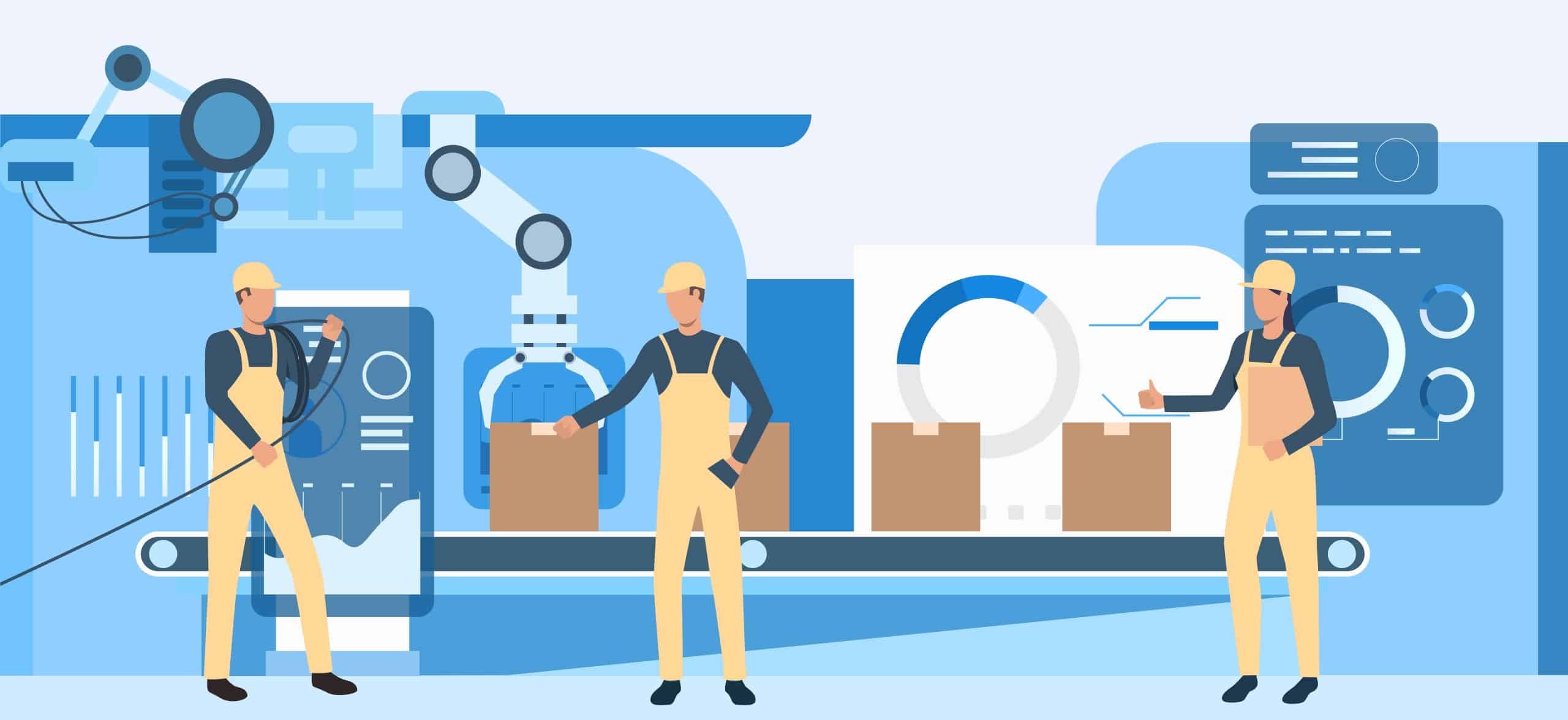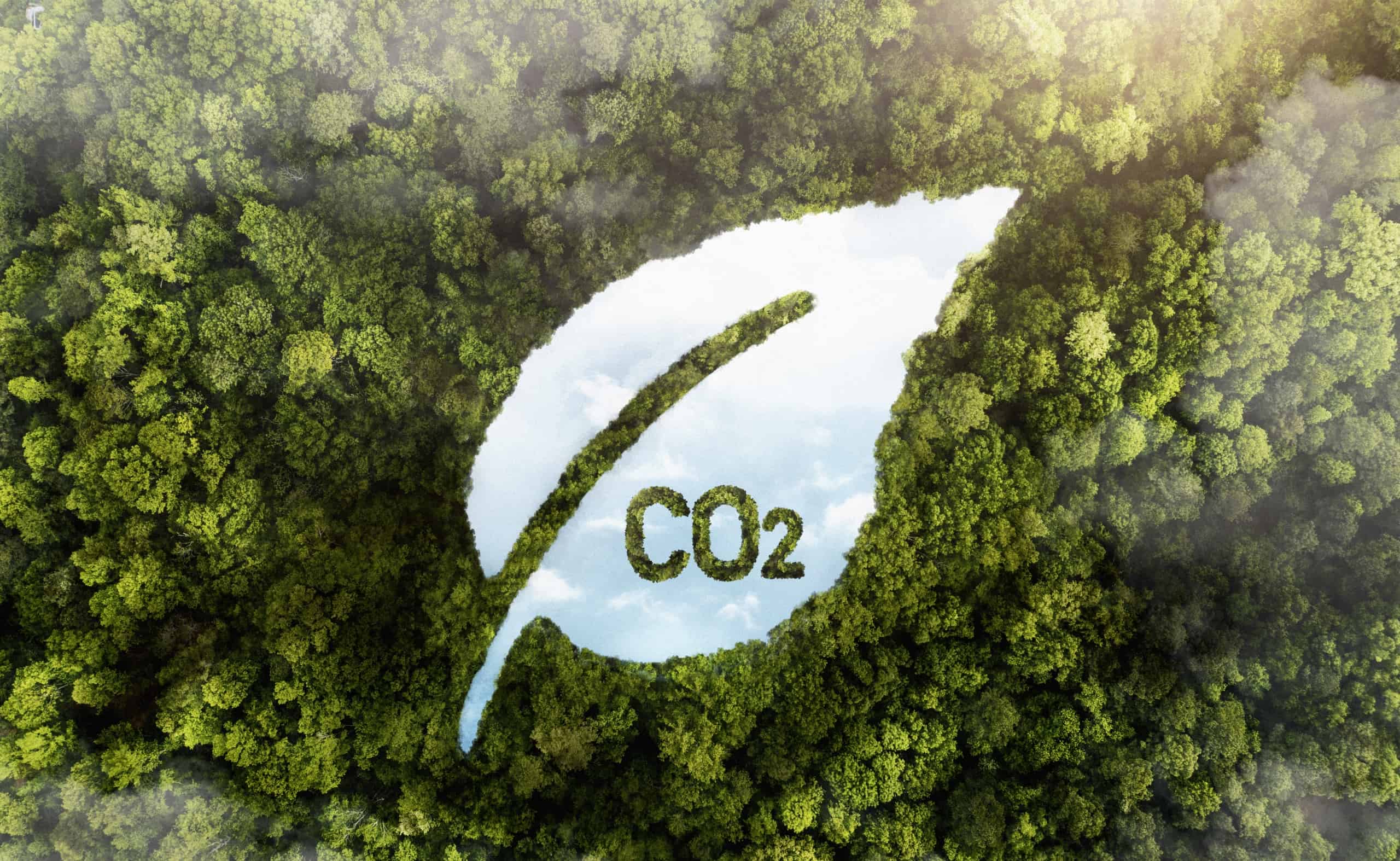Unveiling Efficiency and Precision
Investing in research and development for wet wipes machines aims to go beyond little advancements and instead focus on enhancing efficiency and accuracy to the fullest extent. Every facet of wet wipes machine performance is being closely examined for improvement, from increasing production speed to reducing material waste.
Advanced Automation and Robotics
A key area of research and development in wet wipes machine technology is the use of advanced automation and robotics. The technologies change production by substituting human labor with accurate and consistent robotic systems.
Wet wipes manufacturers may create robotic arms and systems via research and development to do activities like material feeding, cutting, folding, and packing with exceptional precision and speed. Automated methods decrease human error and improve production efficiency, resulting in better output rates and reduced manufacturing costs per unit.
Optimization of Production Processes
Production processes are optimized by R&D efforts in wet wipes machine technology to attain peak efficiency. This entails scrutinizing each stage of the production process to identify any bottlenecks, inefficiencies, and areas that may be enhanced.
Wet wipes manufacturers may create intelligent algorithms using machine learning and artificial intelligence to constantly analyze and improve production parameters in real-time. The algorithms fine-tune machine settings, regulate material flow, and enhance cycle durations to maintain optimal efficiency in the production process, reducing downtime and increasing productivity.
Precision Engineering and Design
Precision engineering and design are essential components of research and development in wet wipes machine technology. Wet wipes manufacturers engage in research to create machines with precision-engineered components and systems to guarantee constant performance and high-quality output.
Every component of the wet wipes machine, from precision-cutting blades to servo-controlled motion systems, is carefully crafted and manufactured to provide accurate and consistent outcomes. Precision improves product quality, and decreases material waste and rework, resulting in cost savings and increased efficiency.
Integration of Advanced Sensing and Monitoring Systems
Advanced sensing and monitoring systems are a key emphasis in the research and development of wet wipes machine technology. These systems use sensors, cameras, and other IoT devices to provide real-time feedback and monitoring of machine operation.
Manufacturers may create advanced monitoring algorithms via research and development to identify abnormalities, forecast equipment breakdowns, and initiate preventative maintenance measures proactively. This proactive maintenance strategy reduces unexpected downtime and guarantees the equipment functions at maximum efficiency consistently.
Investing in research and development for wet wipes machine technology enhances efficiency and accuracy via improved automation, optimized manufacturing processes, precise engineering and design, and the integration of sophisticated sensing and monitoring systems. These activities improve production efficiency, raise output rates, enhance product quality, decrease material waste, and cut manufacturing costs, eventually promoting operational excellence and competitiveness in the hygiene manufacturing business.
Tailoring Solutions to Industry Needs
R&D’s brilliance resides in its capacity to customize solutions for particular industry requirements. Wet wipes are available in many forms, sizes, and materials, each requiring specific production processes. Investing in research and development allows machine makers to create adaptable platforms that can handle various product requirements and production volumes.
Flexibility in Product Specifications
R&D enhances wet wipes machines’ ability to handle various product requirements, enabling tailored solutions. Wet wipes are available in a variety of sizes, shapes, and materials, each with unique specifications. R&D efforts are concentrated on creating equipment that can readily adjust to a wide range of product parameters.
Wet wipes manufacturers invest in creating modular systems that can be easily customized and reconfigured to adapt to evolving market needs. The flexibility allows for rapid alterations to handle various wipe sizes, packing forms, and materials, guaranteeing the machine can fulfill the exact requirements of any client and product line.
Scalability and Production Volume
Scalability is another crucial feature of customizing solutions to meet market demands. R&D expenditures are focused on creating wet wipes machines that can efficiently adjust to different production levels, ranging from tiny batches to high-volume manufacture.
Wet wipes manufacturers use inventive design and engineering to produce machines with scalable architectures that can be quickly modified or extended to boost production capacity as demand increases. Scalability allows organizations to invest in equipment that meets their present requirements and expand output in the future without large capital costs.
Integration with Existing Production Lines
IOften, wet wipes manufacturers already have established wet wipes manufacturing lines. R&D efforts are concentrated on creating wet wipes machines that can smoothly integrate with current production lines, reducing interruptions and optimizing productivity.
Wet wipes manufacturers maintain compatibility between new wet wipes machines and older equipment by standardizing interfaces, communication protocols, and control systems. Companies may use their current infrastructure and take advantage of the newest technological breakthroughs and efficiency improvements via this integration, leading to increased production and profitability.
Customized Features and Options
Customized features and choices are developed via research and development to cater to unique industry requirements, going beyond standard functionality. Wet wipes manufacturers work closely with clients to comprehend their specific demands and provide tailored solutions to efficiently meet those objectives.
Possible features may include enhanced quality control systems, customized packaging layouts, or integration with third-party equipment for extra processing stages. Wet wipes manufacturers allow clients to enhance their wet wipes manufacturing processes, elevate product quality, and stand out in the market by providing tailored features and alternatives.
Investing in research and development for wet wipes machine technology allows wet wipes manufacturers to customize solutions to industry requirements by improving flexibility in product specifications, scalability, integration with current production lines, and customization of features and choices. These initiatives guarantee that wet wipes machines can cater to the various requirements of consumers in different markets, thereby enhancing efficiency, productivity, and competitiveness in the hygiene production sector.
Embracing Sustainability and Cost-Effectiveness
Sustainability and cost-effectiveness are essential factors influencing company choices globally. Research and development are crucial in developing wet wipes machine technology to achieve these two main objectives.
Sustainable Material Usage
R&D efforts are concentrated on creating wet wipes machines that allow for the use of sustainable materials during manufacture. This involves investigating substitute materials such as plant-based fibers, biodegradable substrates, and compostable containers.
Wet wipes manufacturers may enhance machine designs via investment in research and development to support the use of sustainable materials and ensure compatibility with environmentally friendly manufacturing methods. Transitioning to sustainability decreases dependence on finite resources, lessens environmental harm, and meets customer demand for eco-friendly goods.
Energy-Efficient Operations
Efficiency is key in wet wipes production, and research and development are essential for optimizing energy utilization. Wet wipes manufacturers engage in creating energy-efficient wet wipes machines that use less resources and power but yet maintain high production levels.
R&D efforts concentrate on decreasing power usage, limiting heat loss, and incorporating energy-saving technologies like regenerative braking and variable-speed drives via creative design and engineering. These energy-efficient processes save production expenses and promote a more environmentally friendly and sustainable industrial environment.
Waste Reduction and Recycling
Waste reduction and recycling are aspects of sustainability that are tackled via research and development. Manufacturing wet wipes may produce substantial waste, such as trimmings, rejections, and packaging materials. R&D projects focus on reducing waste by optimizing processes and improving material efficiency.
Wet wipes manufacturers may reduce waste during production by adjusting machine settings, optimizing material use, and employing waste reduction tactics. R&D activities are focused on creating recycling solutions for post-consumer waste. This includes incorporating recycling capabilities into wet wipes machines and collaborating with recycling facilities to reuse waste materials.
Lifecycle Assessment and Environmental Impact
Research and Development expenditures allow wet wipes manufacturers to do thorough lifecycle studies of wet wipes machines to evaluate their overall environmental effect. The evaluations take into account issues including raw material sourcing, manufacturing methods, energy use, transportation, and end-of-life disposal.
Wet wipes manufacturers may discover areas for improvement and creativity by examining the ecological impact of wet wipes machines. R&D activities concentrate on devising techniques to minimize environmental impact over the whole lifespan, including design, manufacture, usage, and disposal, eventually resulting in more sustainable and cost-efficient solutions.
Investing in research and development for wet wipes machine technology allows wet wies manufacturers to promote sustainability and cost-effectiveness by using sustainable materials, optimizing energy usage, reducing waste, and minimizing environmental impact throughout the product lifecycle. The initiatives are in line with customer demand for environmentally friendly goods and also enhance long-term profitability and competitiveness in the wet wipes sector.
Navigating Regulatory Compliance
Compliance is mandatory in an industry that is regulated by strict rules and standards. Investing in research and development is crucial to keep up with changing regulations and to guarantee that wet wipes machines adhere to the strictest safety, quality, and hygiene standards.
Understanding Regulatory Landscape
To comprehend the regulatory framework for wet wipes production, R&D projects must start with a comprehensive grasp. This involves being acquainted with laws and standards established by government agencies, business groups, and international organizations, such as the FDA, EPA, and ISO.
Investing in research and development helps wet wipes manufacturers keep abreast of changing rules and predict future developments, ensuring that wet wipes machines meet current needs. Being proactive helps reduce compliance risks and prevents expensive delays or fines related to non-compliance.
Compliance by Design
R&D efforts are concentrated on creating wet wipes machines that include compliance measures from the first stages of design. This entails integrating characteristics and capabilities that comply with regulatory mandates and industry benchmarks to ensure the machines adhere to essential safety, quality, and hygiene standards.
Wet wipes manufacturers may do comprehensive risk assessments, hazard analysis, and safety evaluations throughout the design process by allocating resources to research and development (R&D). This proactive method detects any compliance concerns at an early stage of development, enabling prompt changes and mitigations to assure compliance via design.
Rigorous Testing and Validation
Thorough testing and validation are conducted on wet wipes machines by wet wipes manufacturers to ensure compliance with regulatory standards, thanks to R&D efforts. Performance testing, durability testing, and reliability testing are conducted to guarantee that the equipment fulfills precise requirements and specifications.
Wet wipes manufacturers develop strong testing processes and techniques via research and development efforts that comply with regulatory standards and industry best practices. This thorough method of testing and validation ensures consumers and regulatory bodies that wet wipes machines are safe, dependable, and meet relevant standards.
Documentation and Traceability
Compliance with regulations frequently requires thorough documentation and traceability of procedures, materials, and components used in producing wet wipes machines. Research and development expenditures allow enterprises to establish comprehensive documentation systems and traceability mechanisms to monitor all stages of the wet wipes manufacturing process.
Wet wipes manufacturers enhance their compliance with regulatory standards by investing in research and development to establish documentation processes, record-keeping methods, and quality management systems. This documentation aids regulatory audits and inspections and promotes openness and accountability in the supply chain.
Conclusion: Investing in research and development for wet wipes machine technology helps in complying with regulations by understanding the regulatory environment, planning for compliance, performing thorough testing and validation, and establishing documentation and traceability systems. These efforts guarantee that wet wipes machines adhere to essential safety, quality, and hygiene criteria, allowing wet wipes manufacturers to confidently sell their goods and stay compliant with regulations in a constantly changing regulatory landscape.





